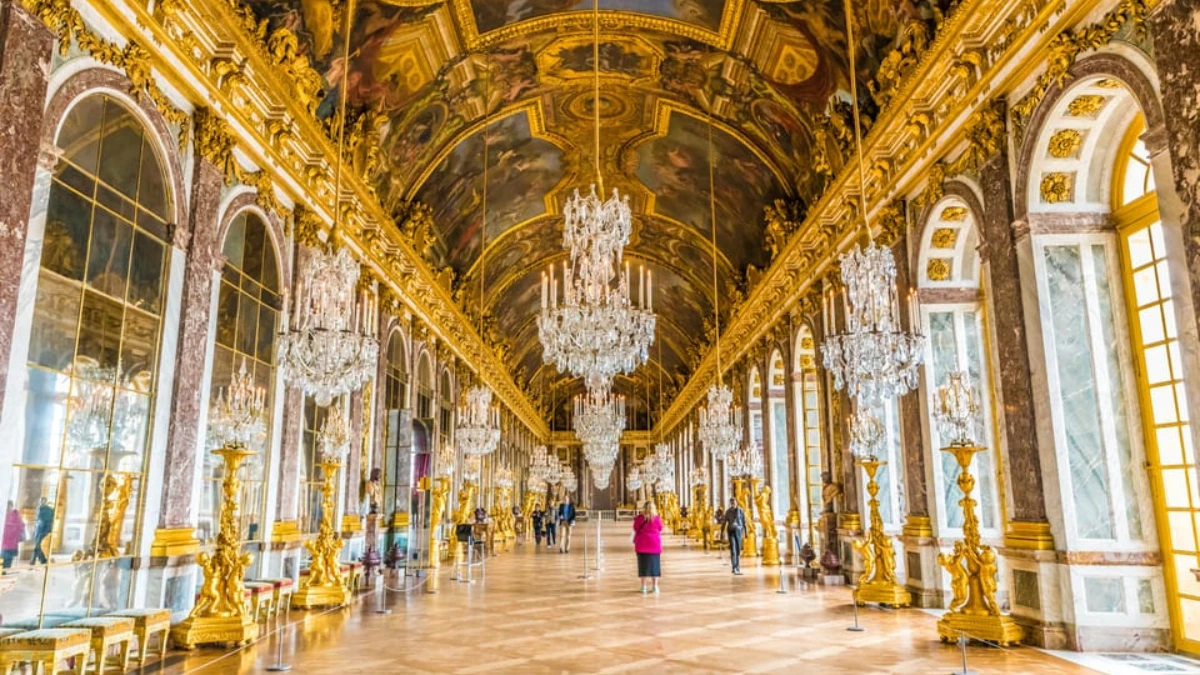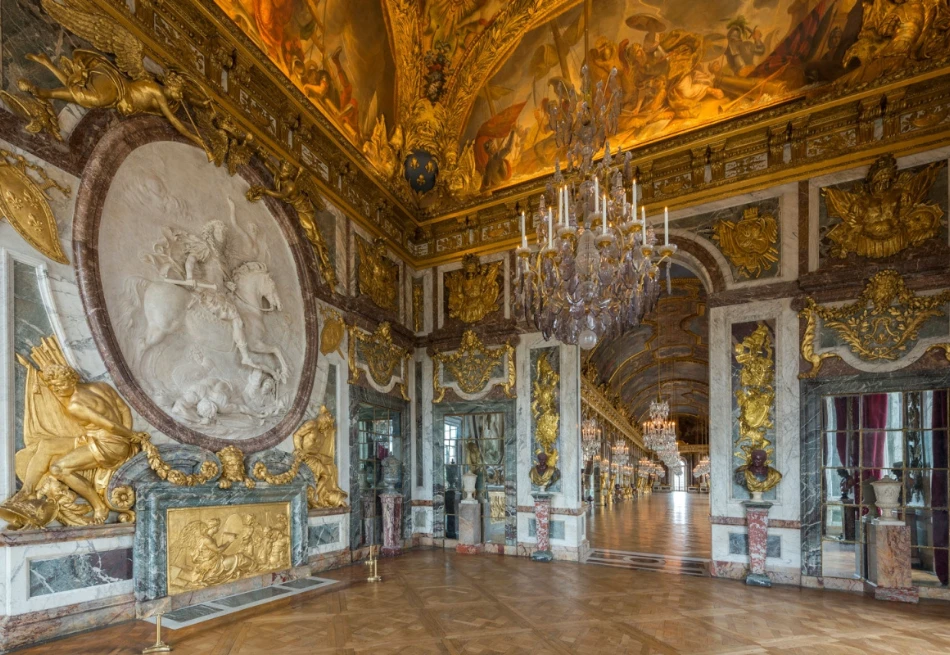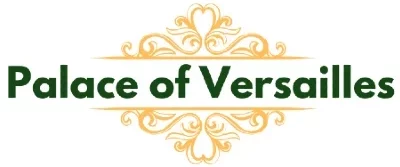Palace of Versailles’ Hall of Mirrors
All about the Hall of Mirrors & Tips to visit

The Hall of Mirrors is the most visited attraction in Versailles Palace, halfway through the Grand Apartments.
It was designed by architect Jules Hardouin-Mansart and constructed between 1678 and 1684.
Known as Grande Galerie and Galerie des Glaces in French, it features 17 mirror arches and 357 mirrors, representing the legacy of the Louis family reign.
Here’s what you need to know about the Hall of Mirrors and how to visit this popular attraction.
The Palace of Versailles gets over 8 million visitors each year, so it’s best to book early. The Full Access Ticket lets you explore on your own, the Guided Tour offers expert insights, and the Transport Tour makes it easy with pickup from Paris.
Why is the Hall of Mirrors so famous?
The Hall of Mirrors was originally a large terrace that King Louis XIV didn’t really like. It also couldn’t handle bad weather.
The terrace was built by the architect Louis Le Vau, but his successor, Hardouin-Mansart, came up with the idea of creating the Hall of Mirrors.
It’s said that nearly 30,000 workers were involved in the construction of the Hall of Mirrors.
You’ll see 17 spectacular arches, each carrying 21 mirrors, for 357 mirrors.
The glassworks and paintings throughout the hall depict France’s victories in politics, economy, and art.
This was a significant achievement for the French, as they employed Venetian artisans to create the mirrors since only the Venetians knew how to produce them at that time.
This 75-meter-long ballroom was the site of important political moments and royal celebrations during Louis XIV’s reign.
One notable event was signing the Treaty of Versailles here, which ended World War I.
Another significant feature is The Grand Perspective, seen from the central windows of the Hall of Mirrors. This perspective extends to the Water Parterre, creating a stunning view.
Book your tickets to Versailles Palace, including exclusive entry to the iconic Hall of Mirrors—choose between the Versailles Full Access Ticket or the Skip-The-Line Guided Tour.
The War Room

The War Room is next to the Hall of Mirrors and showcases France’s military victories, including the end of the Dutch War between 1672 and 1678.
Hardouin Mansart began construction of the War Room in 1678 and completed by Le Brun in 1686.
Inside the War Room, you will find two sculptures of the Roman goddess of rumors and gossip, Pheme, and two captives sculpted by Hardouin-Mansart’s favorite sculptor, Coysevox.
The paintings on the ceilings of the War Room depict France Thundering Her Enemies, the defeat of Spain, Germany, and Holland, along with Bellona, the Roman Goddess of War, in fury.
The marble walls are adorned with gilded bronze carvings featuring King Louis XIV’s emblems, trophies, and shields.
Explore various tour options in Versailles, including the Full-access ticket with gardens, Skip-the-line guided tour, Round-trip palace tour from Paris, Night fountains show ticket, Versailles Palace Bike Tour and Private golf cart tour of the palace – perfect for every visitr’s needs.
The Peace Room

Situated directly opposite the War Room within the grandeur of the royal palace, the Peace Room stands as a testament to the enduring legacy of peace that France brought to Europe.
As an integral part of the Queen’s Apartment, this chamber played a multifaceted role during the golden era of Louis XIV’s reign.
The paintings include France giving peace to Europe and the peace acceptance of Germany, Holland, and Spain.
The room also hosted captivating musical performances and engaging games, adding depth and cultural richness to the palace’s vibrant social scene.
Frequently Asked Questions
Here are the frequently asked questions about the Hall of Mirrors.
Which ticket is best for visiting the Hall of Mirrors?
There are various ticket options available to visit the famous Versailles Palace. Here are some popular choices:
- If you like to explore at your own pace, book the Versailles Full-Access Ticket. This ticket gives you one-day access to the Palace, including the Hall of Mirrors, Gardens, and Trianon Estate.
- If you are short on time, choose the Versailles Guided Tour. Enjoy a 90-minute guided tour of the Palace with an expert.
- For a hassle-free trip from Paris, consider the Versailles Tour with bus transportation. This option includes roundtrip travel from Paris and entry to all attractions.
What is inside the Hall of Mirrors?
In the Hall of Mirrors, you will witness the magnificent craftsmanship of embellishing 327 mirrors and ceilings filled with victories of the French monarch.
Are the mirrors in the Hall of Mirrors original?
Yes. Most of them are original.
In the 17th century, manufacturing mirrors was a significant industry, with Venice holding a monopoly on production.
However, France was able to attract some Venetian artisans, who brought their expertise and contributed to the creation of fine-quality mirrors.
Many of these mirrors have been well-preserved, while others have been damaged and replaced over time.
Why was the Treaty of Versailles signed in the Hall of Mirrors?
French Prime Minister Georges Clemenceau deliberately chose the Hall of Mirrors for the signing of the Treaty of Versailles. In 1871, after France’s defeat in the Franco-Prussian War, Kaiser Wilhelm I was proclaimed Emperor of Germany in this very hall, marking a moment of national humiliation for France.
Nearly 50 years later, on June 28, 1919, the Treaty of Versailles was signed in the same Hall of Mirrors, symbolically reversing the events of 1871.
This treaty marked the end of World War I, with the Allied Powers triumphing over Germany and establishing peace between the warring nations.
France’s choice of venue was a powerful statement of national pride for France.
